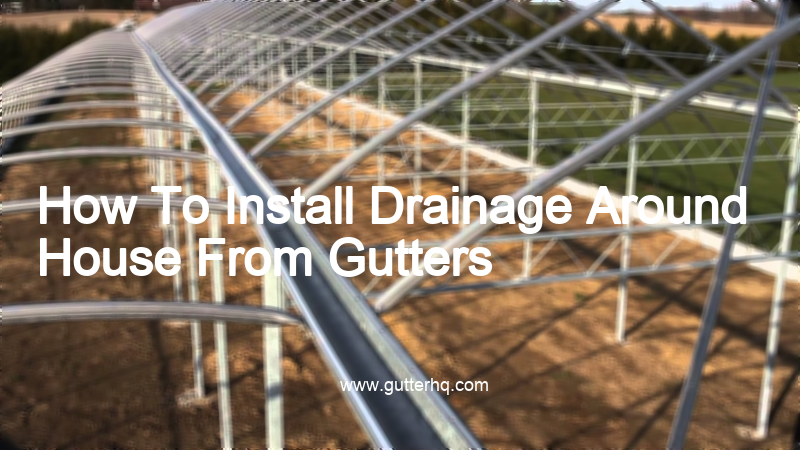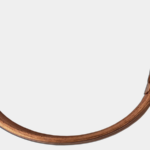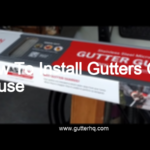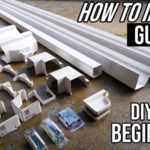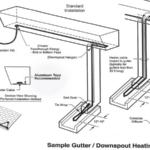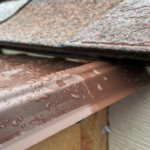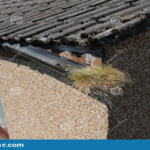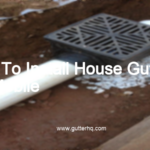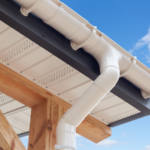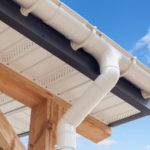- Begin by cleaning your gutters and downspouts. This will ensure that the water can flow freely and won’t be blocked by debris.
- Next, you’ll need to determine where you want the drainage to go. It’s important to consider the slope of your yard and where the water will flow away from your house.
- Once you have a plan, you can start digging the trench for the drainage pipe. The trench should be at least 6 inches deep and 6 inches wide.
- Line the trench with gravel or rocks, then add the perforated drainage pipe. Make sure the pipe is sloped slightly so that the water can drain away from your house.
- Cover the pipe with more gravel or rocks, then cover the trench with soil.
- Finally, connect the gutters to the drainage pipe using elbow joints and downspout connectors. Make sure the gutters are sloped slightly so that the water will flow into the pipe.
How do you drain water from gutters to your house?
Your gutters are designed to protect your home from water damage by channeling water away from your roof and foundation. To work properly, gutters must be kept clean and free of debris. When gutters become clogged, they can no longer effectively channel water away from your home, which can lead to water damage.
To prevent water damage, it is important to regularly clean your gutters and remove any debris that has accumulated. You can clean your gutters yourself or hire a professional to do it for you. If you do it yourself, you will need a ladder, gloves, a bucket, and a garden hose.
Start by removing any large pieces of debris from your gutters using your gloves. Next, use your bucket to scoop out any smaller pieces of debris. Once your gutters are clear of debris, use your garden hose to flush out any remaining debris and to test the gutters for proper drainage.
How much does it cost to install underground drainage from gutters?
The average cost to install underground drainage from gutters is between $300 and $1,000. This cost will vary depending on the size of your home, the type of gutters you have, and the complexity of the installation. If you have a small home with simple gutters, you can expect to pay on the lower end of this range. If you have a large home with complex gutters, you can expect to pay on the higher end of this range.
The first step in installing underground drainage from gutters is to determine the best location for the drainage system. This will typically be along the foundation of your home, near the gutters. Once the location is determined, the next step is to excavate the area and install the drainage pipes. The final step is to backfill the area and install the gutters.
If you are installing underground drainage from gutters yourself, you can expect to pay for the materials and the excavation. If you hire a professional to do the work for you, you can expect to pay for their labor and the cost of the materials.
How far away from house should gutters drain?
- Most gutters should drain water at least four to six feet away from your house.
- If your gutters are draining too close to your house, they could be causing water damage to your foundation.
- You can use a garden hose to test how well your gutters are draining. Simply turn the hose on and let it run into the gutter. If the water drains away from your house, then your gutters are working properly.
How do I redirect my gutter drain?
- Locate your gutter drain. This is usually located at the lowest point of your gutter system.
- If you have a downspout attached to your gutter drain, remove it.
- Place a piece of flexible tubing over the gutter drain opening.
- Run the tubing to the desired location for your gutter water. This could be a rain barrel, a garden bed, or another location where you want to redirect the water.
- Secure the tubing in place with zip ties or another similar method.
- Reattach your downspout, if desired.
Who installs drainage around houses?
A variety of professionals can install drainage around houses, including landscape architects, civil engineers, and certified installers. The type of drainage system installed will vary depending on the specific needs of the house, but it is typically installed around the foundation to prevent water from seeping in and causing damage.
How do I stop my house from pooling water?
- To start, you need to find the source of the water pooling in your house. This could be a leaky pipe, a hole in your roof, or something else entirely. Once you know where the water is coming from, you can start to fix the problem.
- If the water is coming from a leaky pipe, you’ll need to repair or replace the pipe. This is usually a fairly simple fix, but it will require some basic plumbing knowledge.
- If the water is coming from a hole in your roof, you’ll need to patch the hole as soon as possible. This is a more difficult fix, as you’ll need to climb up on your roof and make sure the patch is secure.
- Once you’ve fixed the source of the water pooling, you need to take steps to prevent it from happening again. This could mean caulking any leaks, repairing any holes, or taking other preventative measures.
- If you’re still having trouble with water pooling in your house, you may need to consult a professional. A plumber or contractor will be able to help you find and fix the problem, ensuring that your house stays dry.
Where does gutter drain water go?
The gutter on your house is designed to protect your home from water damage by draining water away from the foundation. But where does that water go? Most gutters are connected to a downspout, which carries the water away from the house and directs it to a specific location. This could be a lawn, a garden, or a storm drain. In some cases, the water may be redirected to a rain barrel or other type of container so that it can be reused.
Final Word
If you want to protect your home from water damage, you need to install a drainage system around your house. Gutters are a great way to collect and channel water away from your home, but you need to make sure they are properly installed and maintained. Hiring a professional to install your gutters is the best way to ensure they are properly installed and will work correctly.
